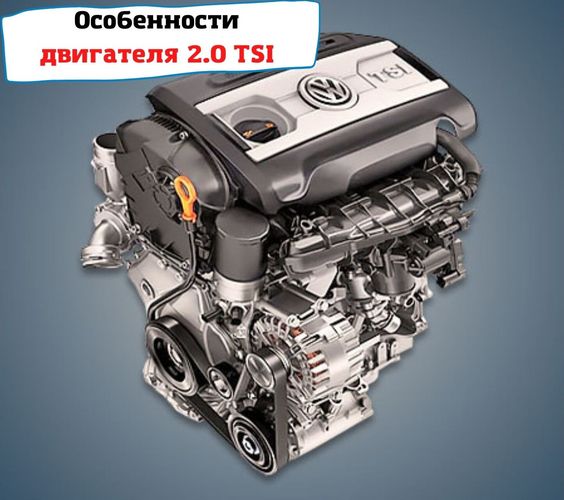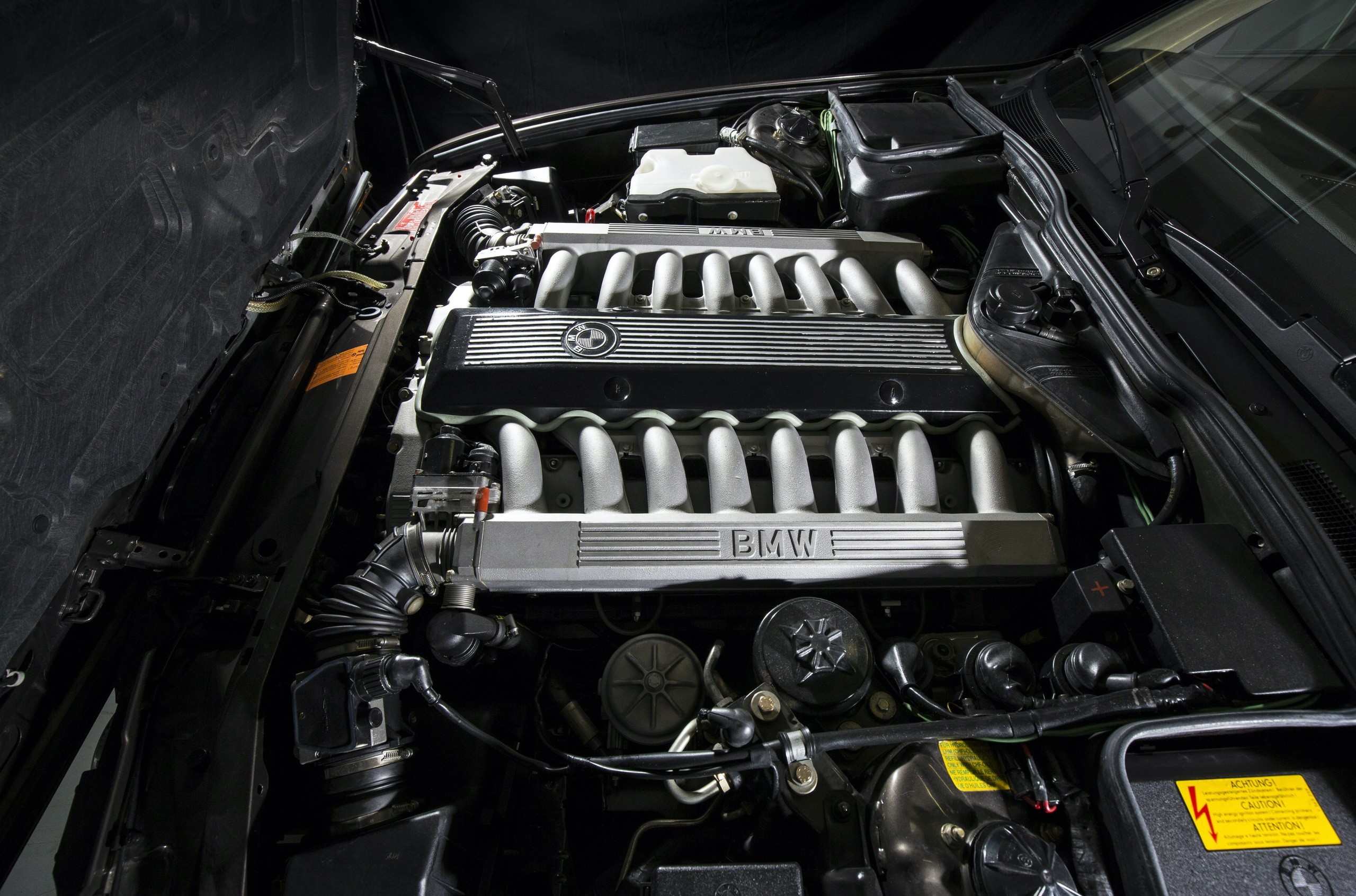
2.0 TFSi engine - what you should know about it
Content
The unit shows excellent results, both on the road and during the competition. The award, presented by UKIP Media & Events Automotive Magazine, went to the engine in the 150 to 250 HP category. What is worth knowing about the 2.0 TFSi four-cylinder engine? Check!
What was the characteristic of the unit from the EA113 family?
The 2.0 TFSi unit belongs to the EA113 family and appeared in Volkswagen AG cars in 2004. It was developed on the basis of the naturally aspirated VW 2.0 FSi unit, which was equipped with direct fuel injection. You can tell you're dealing with a newer version by the extra "T" in the abbreviation.
Specification of the new engine and differences from its predecessors
The block has also been reinforced. Thanks to this, the 2.0 TFSi engine produces significantly more power than the TFS version. It is worth tracing the solutions used point by point.
- The newer block also uses a cast iron rather than an aluminum cylinder block.
- Inside, there are double balance shafts, a stronger crankshaft, and all-new pistons and connecting rods for a lower compression ratio.
- A 16-valve cylinder head with two camshafts was installed on top of the block.
- It also uses newer camshafts, valves and reinforced valve springs.
- In addition, the 2.0 TFSi engine also has variable valve timing for the intake camshaft only.
- Other solutions include direct fuel injection and hydraulic tappets.
The designers of the Volkswagen concern also decided to use a small BorgWarner K03 turbocharger (maximum pressure of 0,6 bar), which provides high torque - from 1800 rpm. For more powerful versions, the equipment also includes a high-performance KKK K04 turbocharger.
2.0 TFSi engine from EA888 group
In 2008, the production of a four-cylinder turbocharged gasoline engine VW 2.0 TSI / TFSI of the EA888 group was launched. Its design was based on the architecture of the 1.8 TSI/TFSI unit of the EA888 group. There are three generations of the new 2.0 unit.
2.0 FSi I unit
This diesel is known by the codes:
- EVENING;
- ALCOHOL;
- CBFA;
- KTTA;
- SSTB.
Its design includes a cast-iron cylinder block with a pitch of 88 mm and a height of 220 mm. New forged steel crankshaft with 92,8 stroke provides more displacement for the same bore diameter. The unit also has 144mm short connecting rods and different pistons. As a result, the compression ratio was reduced to 9,6:1. The motor unit is equipped with two counter-rotating balance shafts driven by a chain.
What solutions were used in this block?
This TFSi engine has a water-cooled turbocharger and a KKK K03 turbocharger integrated into a cast iron exhaust manifold. Its maximum boost pressure is 0,6 bar. Bosch Motronic Med 15,5 ECU control components were also used. The engine is also equipped with two oxygen sensors that comply with Euro 4 emissions standards for CAWB and CAWA, as well as ULEV 2. The version created for the Canadian market - CCTA has 3 oxygen sensors and complies with SULEV conditions.
Block 2.0 TFSi II
Production of the second generation 2.0 TFSi engine also began in 2008. One of the goals of creating the unit was to reduce friction, as well as increase efficiency compared to the 1.8 TSI GEN 2. For this, the kingpins were reduced from 58 to 52 mm. Thin, low-friction piston rings and new pistons were also used. The designers equipped the unit with an adjustable oil pump.
Does this engine have AVS?
TFSi in Audi also has an AVS system (for CCZA, CCZB, CCZC and CCZD). The AVS system is a two-stage intake valve lift control system. It changes the valve lift in two stages: 6,35 mm and 10 mm at 3 rpm. The 100 EA2.0/888 engine complies with Euro 2 emission standards for the CDNC model and ULEV 5 for the CAEB model. Production ended in year 2.
2.0TFSi III block
The goal of the third generation 2.0 TFSi engine was to make the engine lighter and more efficient. It has a cast iron cylinder block with 3 mm thick walls. It also has a steel crankshaft, pistons and rings, as well as an oil pump and lightweight balance shafts.
The designers also used a completely redesigned 16-valve DOHC aluminum head with an integrated water-cooled exhaust manifold in the design of the unit. The AVS system is also implemented here, and variable valve timing is available for both camshafts.
What has changed in the unit for more powerful cars?
The changes also affected units installed on high-performance vehicles, such as the Audi Sportback Quattro. These were bikes with the CJX code. They used:
- different shape of the cylinder head;
- efficient intake camshaft;
- large exhaust valves;
- The compression ratio is reduced to 9,3:1.
All this was complemented by more efficient injectors and a high pressure fuel pump. More powerful versions also feature a larger air-to-air intercooler.
Motors of the third generation are also equipped with an electronic engine control unit ECU Siemens Simos 18.1. They comply with Euro 6 emission standards for the European market.
Engine 2.0 TFSi - in which cars was it installed?
Drive from Volkswagen can be found in the group's vehicles such as Volkswagen Golf, Scirocco, Audi A4, A3, A5 Q5, tt, Seat Sharan, Cupra or Skoda Octavia or Superb.
TFSi engines - controversy
Especially the first TSI/TFSI engines had design flaws that very often led to failures. Often there were even situations when a major overhaul of the engine turned out to be necessary. Such repairs are very expensive. Hence the unfavorable opinions about these engines.
The 2.0 TFSi engine has been produced since 2008 and receives positive feedback from experts and drivers. Evidence of this is such awards as "Engine of the Year" and popularity among buyers who appreciate cars with this engine for low fuel consumption and rare breakdowns.
